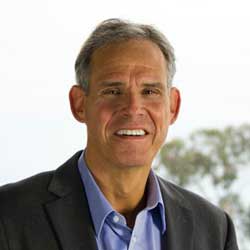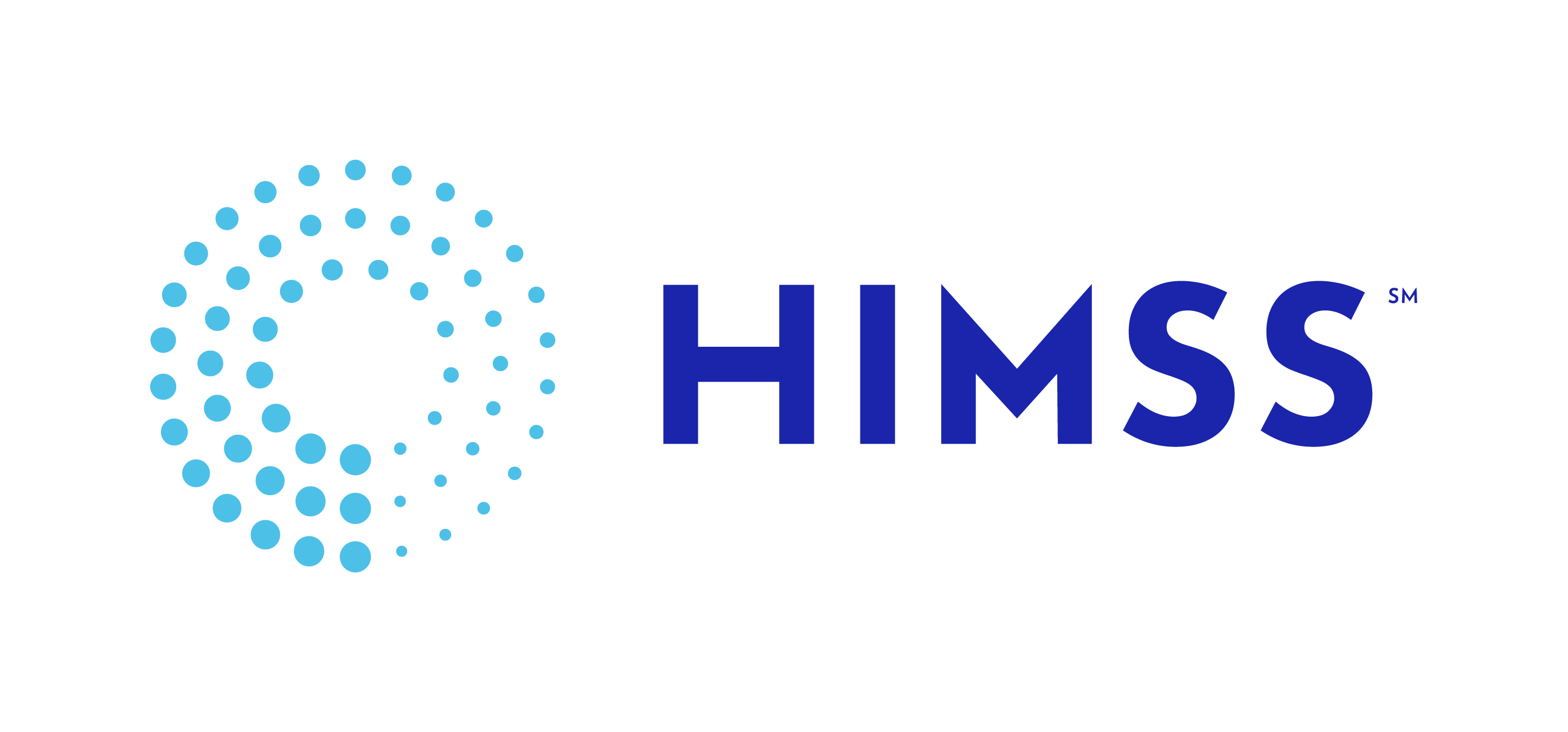Fall 2014Flip the Visit – Patient in Charge!
by Sri Bharadwaj
The healthcare landscape is being changed by the technology-enabled connected patient. Wearables, remote monitoring devices and self-radiology is swapping the visit to the lab, the doc and the hospital. Patient engagement takes on a new meaning with physicians relying on patients for clinical data.
 Dr. Topol is a cardiologist and honored as the most influential physician executive in the United States and author of the acclaimed book, “The Creative Destruction of Medicine: How the Digital Revolution Will Create Better Health Care.” Our own Dr. Topol from La Jolla, Southern California, is the Chief Academic Officer for Scripps Health and Director of the Scripps Translational Science Institute. He is a revolutionary digital doctor who has proven that technology embraced by healthcare improves outcomes.
Dr. Topol is a cardiologist and honored as the most influential physician executive in the United States and author of the acclaimed book, “The Creative Destruction of Medicine: How the Digital Revolution Will Create Better Health Care.” Our own Dr. Topol from La Jolla, Southern California, is the Chief Academic Officer for Scripps Health and Director of the Scripps Translational Science Institute. He is a revolutionary digital doctor who has proven that technology embraced by healthcare improves outcomes.
To better understand this revolution underway, Representatives from HIMSS National and HIMSS Southern California had the opportunity recently to speak with Dr. Topol.
HIMSS SoCal: With the healthcare landscape changing to wearables, health vaults, smart phone health kits and home monitoring devices, how do you see this impacting the patient – physician engagement?
Dr. Topol: I see that ultimately it will have a profound impact rather than traditional data generation. We could see lab testing, imaging and some physical exams done remotely. This will radically change how clinical diagnostic data is obtained and how care will be provided. Office visits will become the exception in the future.
HIMSS SoCal: Are physicians going to dismiss patient generated healthcare data as noise or will they embrace it to treat patients with more diligence, accuracy and efficiency?
Dr. Topol: This will no doubt add to the stress that they are undergoing right now. Challenges to the authority and paternalism is unknown in the traditional physician-patient engagement discussion. Data from these devices is extensive and we have to get our arms around it! This is a major change for the medical community and a challenge to figure out how the data folds into the EMR. There is a mismatch for capabilities on what the patient can generate and what doctors are used to seeing from their clinical testing. Any change for the medical community can create tension and (can be) a difficulty in and of itself.
HIMSS SoCal: Can you talk about a few challenges that the industry needs to address regarding security, privacy, non-homogenous devices, and data volumes, etc.?
Dr. Topol: There is no across-the-board answer for this challenge. Data needs to be analyzed based on algorithms for them to be meaningful. Algorithms will be distilled and designed so that the data can be displayed on a smart phone or summarized on a screen. We have seen some evidence of that information from blood pressure and glucometers today. Patients will share the data with the provider and physicians will give guidance to the patient on the treatment side rather than the data collection and processing side. Visits to the physician will become an outlier and virtual visits will become the norm. DIY healthcare, remote monitoring and virtual visits will be common. (It will be a) very striking change over time.
There are some critical barriers to this going forward. Privacy and security cannot be assured now. EMR breaches need to get fixed. While many white papers document these concerns, very few solutions are available. In my opinion nothing has been done effectively. This requires concerted efforts from the medical community and also the government.
On the current lack of standardization of devices, we are in the early phases. We need to be capable of capturing data but analysis still is required to be strengthened. We have to have algorithms behind this data, extract useful information for individuals and cohorts of patients. There is good innovation in the pipeline, but extraction and delivery of this data is critical.
80% of patients are willing to share de-identified data, preserving anonymity. They are concerned about the selling of data. A lot could be done to make patients more comfortable, particularly now that this data becomes more prevalent. Large employers need to speak up! They can influence change. They spend billions of dollars in healthcare. New tools are available and payers can markedly reduce cost. They are getting ready to sound the alarm.
HIMSS SoCal: Do you see this impacted with the Affordable Care Act?
Dr. Topol: This is in a separate orbit with the Affordable Care Act. Promoting access to care and taking IT as part of modern medicine is a “slow mo”. Consumers taking charge and partnering with physicians is a revolutionary model. Large employers should support consumer-directed care. We need to innovate out of this mess. This could possibly change the payment process in healthcare.
HIMSS SoCal: Any other viewpoint that you would like to highlight with this revolutionary model?
Dr. Topol: These devices are driving the change in the revolution but the demand is there. We need the large employers to light the fuse to push a new form of healthcare. It would be wise that wearables manufacturers would partner with large payers to move the physician to use this data for treatment. Consumers will come along but it is still going to take time. Healthcare reform is not reducing the burden. An appointment takes weeks and it takes an hour for the patient to be seen for 7 minutes by the physician. I do not think that model is fulfilling expectations.
At the end nobody is happy! Recent surveys indicate 6 percent of doctors like their job. We have to get to a whole new model and we have to innovate out of this model.
(We will) have to practice a whole new form of medicine….
Sri Bharadwaj is a Board member of HIMSS Southern California and consults with healthcare organizations across the nation.
